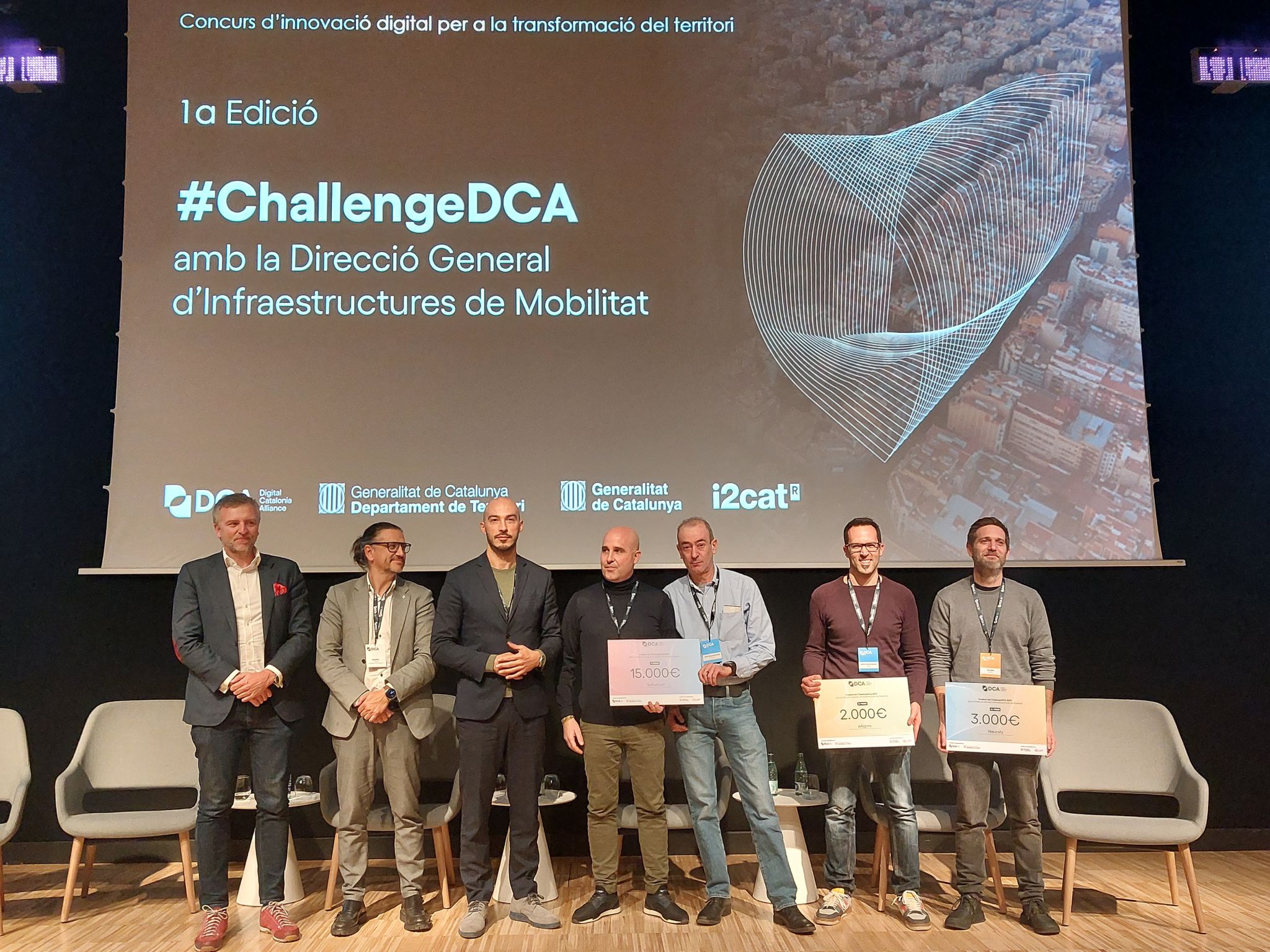Page
An AI-based solution to provide reliable and complete information on the Catalan cycling network wins the 1st edition of the ChallengeDCA digital innovation contest
The Neurafy and eAgora solutions to optimize road capacity and improve communication between users and the Administration in the detection of road incidents receive the second and third prizes respectively
The innovative solutions based on advanced digital technologies proposed by the companies Schumpit, Neurafy SL a>, the alliance of emerging technological communities promoted by the Government of the Generalitat of Catalonia and the i2CAT Foundation which brings together the main agents of the Catalan ecosystem of advanced digital technologies.Digital Catalonia Alliance (DCA), the digital innovation competition promoted by the Secretariat of Digital Policies of the Department of Business and Labor through the ChallengeDCA have been the winners of the first edition of the eAgora and
The act of announcing the three winning proposals was held as part of the 'DCA Members Day', the annual meeting of the communities that make up the DCA, which took place yesterday at CosmoCaixa, in Barcelona, with the participation of the general director of Innovation, Digital Economy and Entrepreneurship, Lluís Juncà i Pujol, and the general director of Infrastructure and Mobility, David Prat i Soto, at the award ceremony.
In this first edition of the ChallengeDCA, focused on finding innovative technological solutions to consolidate quality, secure and digitized mobility infrastructures at the service of society, the collaboration of the General Directorate of Mobility Infrastructures ( DGIM), both in the definition and approach of the 5 challenges likely to be solved with the application of innovative digital solutions and in the selection of the finalist and winning proposals. The DGIM is the unit of the Department of Territory that oversees the planning, projection and construction of road and rail infrastructure, road transport and active mobility, and which manages, modernizes and maintains the road network of the Generalitat de Catalunya .
The selection of the three winning companies was carried out last November 30 in a closed-door final where the 10 companies selected as finalists from among the 20 proposals that were presented in this first edition competed live of the ChallengeDCA: BETA Technology Center (UVic); eNow; iMotion Analytics; Mosaic Factor; Nabla Vision; Neuraphy; Nextret; Schumpit; Simig Solutions and Storydata.
After the 10 finalist companies presented the solutions designed to respond to the challenges posed, a jury made up of representatives of the Secretariat of Digital Policies, the DGIM and the i2CAT Foundation chose the three winning projects:
First prize: BikeCat, the Catalan platform of the bicycle world. The platform developed by Schumpit, will allow bicycle users to obtain real and reliable information on the state of the routes and routes of the entire network Catalan road, load new ones, and indicate incidents in real time to inform the community and, where appropriate, the administrations. The platform incorporates AI algorithms to be able to offer predictability of key variables in the calculation and planning of routes and journeys (meteorology, traffic density, road closures for sporting or popular events, fire risk, etc.). The solution responds to challenge 1 of providing reliable and complete information about the cycling network in Catalonia.
Second prize: Light Signaling. The solution proposed by the company Neurafy SL is a light system that is integrated into the road pavement itself, turning the lanes into an adaptive system in depending on the needs of each moment. This solution answers challenge 5 of implementing and managing variable horizontal signage to optimize road capacity.
Third prize: Notification of incidents on the road network of the Generalitat de Catalunya. The application (App) developed by the company eAgora allows road incidents to be reported by both specialized agents and citizens. Based on a unified database, geolocation tools, graphic documentation, georeferenced images of the incident and traceability of the entire process from the receipt of the incident to resolution, it allows the process of receipt and resolution to be expedited incidents, improve the information provided and make the allocation of resources and priorities more efficient. The challenge addressed with this solution is the 2 of improving unidirectional communication from the user to the Administration in the detection of road incidents and interruptions.
The three winning proposals received cash prizes for a total value of 20,000 euros (€15,000, €3,000 and €2,000, respectively) and, in the case of the first, the opportunity to do a pilot test on the ground with the DGIM.



Share